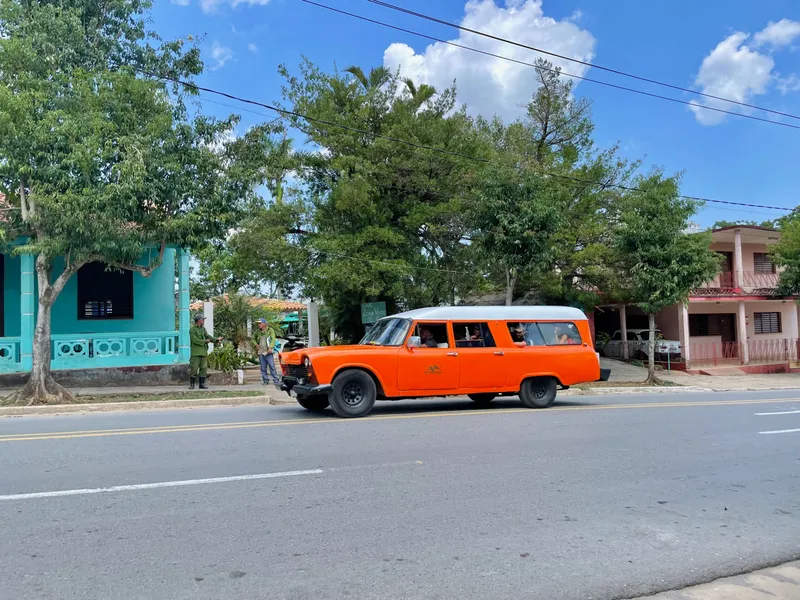When we’ve been to Cuba in 2022, we did a lot of research to prepare for our trip. We wanted to make sure we knew what to expect and how to navigate the unique challenges of traveling in Cuba. From understanding the dual currency system to finding reliable transportation, there are several things to consider before embarking on your Cuban adventure. Here are some essential tips and insights to help you prepare for your trip to Cuba.
1. Understanding Cuban Currency
Cuba has a dual currency system, which can be confusing for first-time visitors. The Cuban Peso (CUP) is the official local currency, but foreign currencies like USD and EUR are widely accepted. However, using foreign currency in day-to-day transactions can be tricky. You’ll often receive change in CUP, and the exchange rate may vary. For example, in Havana, the black-market rate for USD is often better than the official exchange rate, but dealing in this market carries risks.
If you decide to exchange money at official exchange offices (known as CADECA), expect to receive 120 CUP for 1 USD or EUR. The black-market rates fluctuate between cities — it might be around 160 CUP in Viñales and as high as 185 CUP in Trinidad. While the black market offers better rates, it is technically illegal, and there’s always a risk of counterfeit bills or scams. Always count your money carefully when dealing with street vendors or in restaurants.
It’s important to bring cash for the duration of your trip, as credit cards are not widely accepted. Cards issued by U.S. banks or any bank that has affiliations with the U.S. will not work in Cuba. ATMs are rare and unreliable, so withdrawing money once you’re there could prove challenging. Additionally, you should only bring pristine banknotes — Cuban exchange offices and vendors often refuse damaged or worn bills.
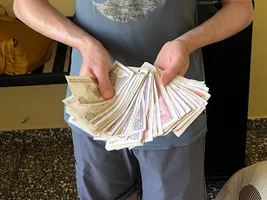
More details about how to handle money, cards, and currency exchange in Cuba can be found in our dedicated article:
 Travelfoss
Travelfoss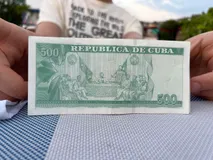
2. Navigating Around the Island
Public transportation in Cuba is not the most efficient or comfortable option. The Viazul buses, the primary long-distance buses for tourists, are often delayed and uncomfortable. Seats might be broken, and air conditioning can be unreliable. It’s common for the buses to take longer than expected, with frequent stops for reasons unrelated to passenger needs, such as drivers handling personal business. For example, a trip from Havana to Trinidad could take nearly twice as long as it would in a private taxi.
If you prefer a quicker and more direct way to travel, private taxis are a popular option. You’ll see plenty of vintage cars—one of the most iconic images of Cuba—especially in Havana. These cars are used for city tours, and while they look stunning, be aware that many are in poor mechanical condition beneath the polished exterior.
For a truly local experience, you can also use horse-drawn carriages and bicycle taxis in certain areas like Viñales and Trinidad. These modes of transport give a glimpse into traditional Cuban life and are quite affordable.

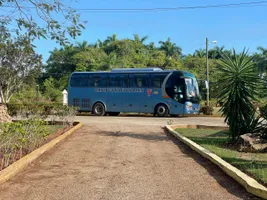
3. Accommodation and Booking Tips
Most tourists in Cuba opt to stay in casas particulares, which are private homestays similar to bed-and-breakfasts. These offer an authentic experience, with many hosts going out of their way to help you with transportation, currency exchange, and even home-cooked meals. Booking a casa particular is typically done through websites or upon arrival in cities, but it’s wise to arrange at least your first few nights in advance.
For more upscale experiences, there are hotels and resorts, especially in Havana and Varadero, but they tend to be more expensive. When booking accommodation, keep in mind that internet access is extremely limited. You may need to purchase prepaid Wi-Fi cards (available at hotels or designated areas) and use public Wi-Fi spots, which are often slow and crowded.
4. Essential Items to Pack
Due to economic difficulties and embargoes, many common items are either unavailable or extremely expensive in Cuba. It is crucial to pack everything you might need during your stay, including toiletries like toothpaste, shampoo, sunscreen, and basic medications. Even simple things like soap and toilet paper may be hard to come by, especially in rural areas.
Additionally, pack a good supply of high-SPF sunscreen, as it can be hard to find. Another important item to pack is insect repellent, particularly if you plan to visit Cuba’s more tropical or forested areas like Viñales or Baracoa.
5. Staying Safe in Cuba
Cuba is one of the safest countries in Latin America, with relatively low crime rates. However, petty theft can occur, particularly in crowded tourist spots like Havana’s Old Town. It’s best to keep your belongings secure and avoid flashing valuables like expensive jewelry or large amounts of cash.
It’s also important to be aware of scams targeting tourists. For instance, some locals may try to overcharge for items or services, especially in areas where prices aren’t clearly marked. Always ask for the price before purchasing anything and count your change carefully. In restaurants, tipping is customary, with a 10% service charge often added to the bill. If it’s not included, leaving a small tip is generally appreciated.
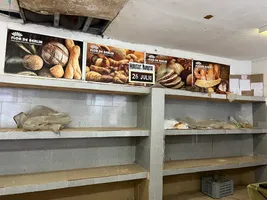
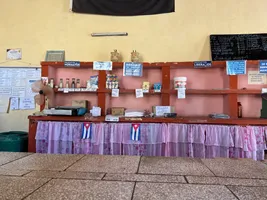
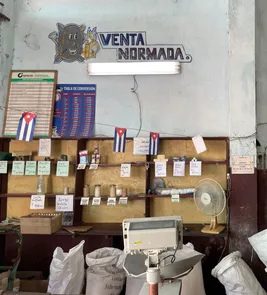
6. Experiencing Cuban Culture
One of the best aspects of visiting Cuba is immersing yourself in its rich culture. From the rhythms of salsa music to the vibrant art scenes in cities like Havana and Trinidad, there’s no shortage of cultural experiences. However, it’s important to keep in mind the economic struggles that many Cubans face, which are often visible in their daily lives.
Interacting respectfully with locals and learning about Cuba’s unique political and economic system can greatly enrich your experience. If you plan to buy souvenirs or handicrafts, try to support local artisans rather than mass-produced goods.
7. Dining in Cuba
Cuban food is hearty, simple, and delicious, though dining options can sometimes be limited. Restaurants cater to tourists with a range of options, but the local cuisine focuses on rice, beans, pork, and seafood. Private restaurants, or paladares, often offer the best meals in terms of both quality and price. Prices can vary significantly, and some places may not have a listed price, so it’s a good idea to ask in advance.
Be prepared for some inconsistencies in menu offerings, as the availability of ingredients can be unpredictable. Additionally, tipping generously is appreciated, as many people in the service industry rely on tips to supplement their low wages.
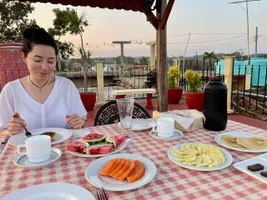

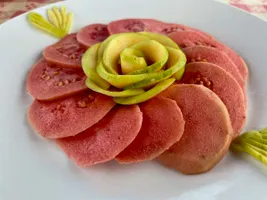
Final Thoughts
Cuba is a destination like no other, offering a mix of historical intrigue, natural beauty, and a resilient, welcoming culture. But due to its complex political and economic landscape, it’s important to come well-prepared. By understanding how to manage money, navigate transportation, and bring the right supplies, you can ensure your trip is smooth and enjoyable. Always be respectful of the country’s unique challenges, and you’ll leave with unforgettable memories of your Cuban adventure.
Related Travel Articles
- Trinidad Itinerary: What to do in 2 (or more) Days
- Discovering Trinidad, Cuba: Exciting Things to See and Do
- Trinidad Nature Escapes: Playa Ancón, Topes de Collantes, and Valle de los Ingenios
- 7 Unique Travel Destinations for 2024
- Trinidad, Cuba: Heritage, History, and Hidden Delights Revealed
- Unmasking the True Cuba Experience and Societal Realities
- Top things to do in Viñales, Cuba: Activities and Experiences You Can't Miss
- Traveling to Viñales: What You Need to Know Before You Go
- Valle el Silencio: Hiking, Horseback Riding, Tobacco, Rum, and More
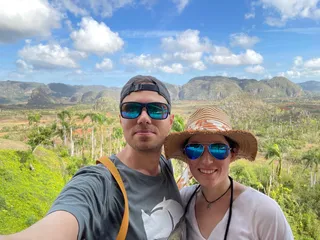
Writing free, independent and personal travel content since 2021. If you appreciate what we do, then you can return the favor by using the affiliate links below.
- Get your accommodations on Booking.com
- Buy your gear and gadgets from Amazon
- Book flights using Expedia
- Book activities on Get Your Guide
- Book guided trips on G Adventures
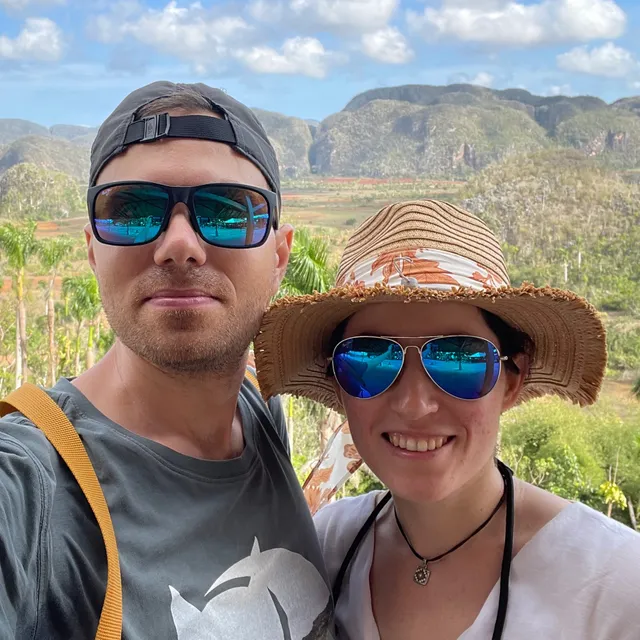
Writing free, independent and personal travel content since 2021. If you appreciate what we do, then you can return the favor by using the affiliate links below with no cost for you.
